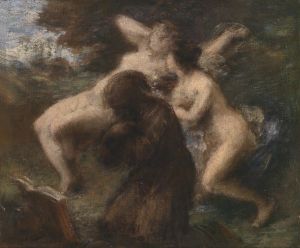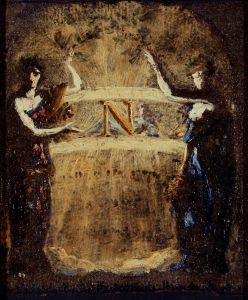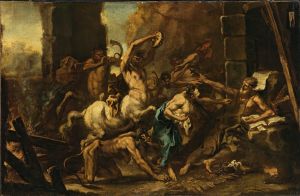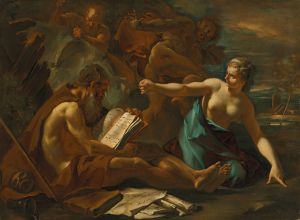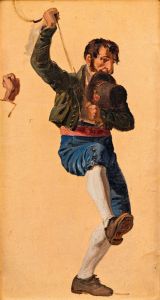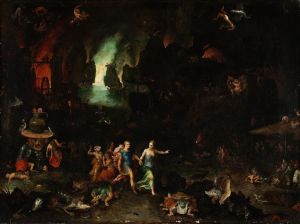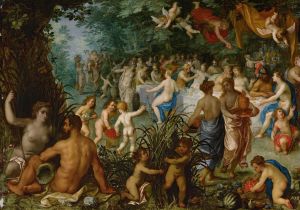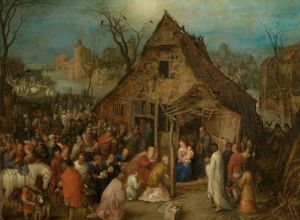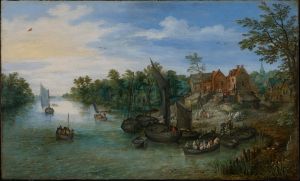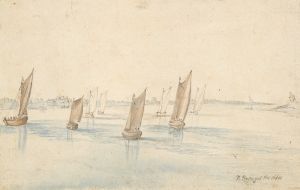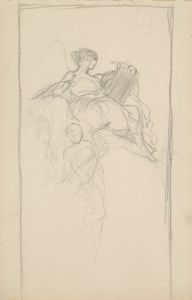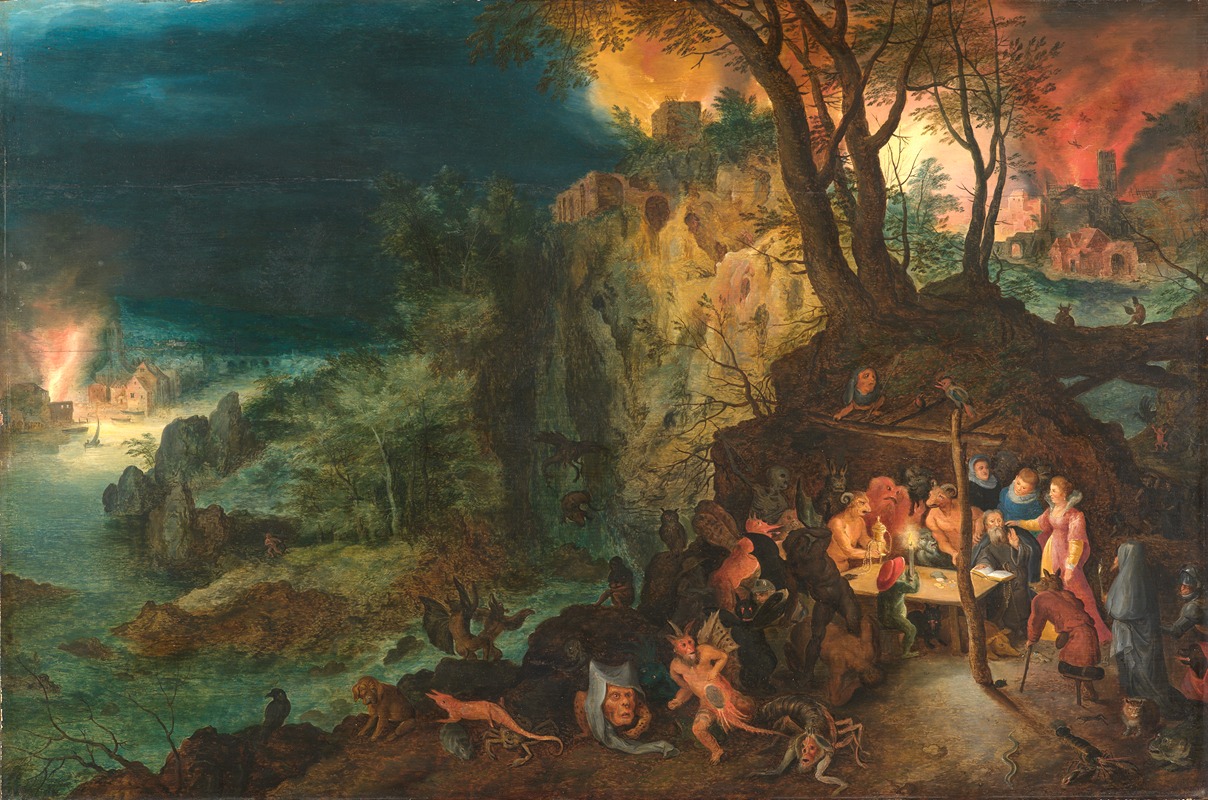
The temptation of St. Anthony
A hand-painted replica of Jan Brueghel The Elder’s masterpiece The temptation of St. Anthony, meticulously crafted by professional artists to capture the true essence of the original. Each piece is created with museum-quality canvas and rare mineral pigments, carefully painted by experienced artists with delicate brushstrokes and rich, layered colors to perfectly recreate the texture of the original artwork. Unlike machine-printed reproductions, this hand-painted version brings the painting to life, infused with the artist’s emotions and skill in every stroke. Whether for personal collection or home decoration, it instantly elevates the artistic atmosphere of any space.
Jan Brueghel the Elder, a prominent Flemish painter of the late 16th and early 17th centuries, is known for his intricate and imaginative works that often depict religious, allegorical, and fantastical themes. One of his notable paintings, The Temptation of St. Anthony, reflects his mastery in combining detailed landscapes with vivid depictions of human and supernatural figures.
This painting portrays the Christian legend of St. Anthony the Great, a 3rd-4th century Egyptian hermit and one of the founders of Christian monasticism. According to tradition, St. Anthony retreated to the desert to live a life of asceticism and devotion to God. During his time in isolation, he was said to have faced numerous temptations and torments by demonic forces, a theme that has inspired countless artists throughout history.
In Brueghel's rendition, the scene is filled with a chaotic array of grotesque and fantastical creatures, symbolizing the demonic forces attempting to lead St. Anthony astray. These figures are rendered with meticulous detail, showcasing Brueghel's skill in creating imaginative and otherworldly imagery. The painting also includes a landscape background, a hallmark of Brueghel's style, which often features lush and intricate natural settings. The contrast between the serene environment and the chaotic foreground emphasizes the spiritual struggle of St. Anthony.
Brueghel's The Temptation of St. Anthony is characteristic of the Northern Renaissance tradition, which often combined religious themes with an emphasis on detailed realism and imaginative elements. The painting reflects the period's fascination with the battle between good and evil, as well as the human capacity for faith and perseverance in the face of adversity.
As with many works from this era, the exact date of creation for The Temptation of St. Anthony is not definitively documented. However, it is consistent with Brueghel's broader body of work, which often explored similar themes and demonstrated his technical precision and creative vision.
Jan Brueghel the Elder's contributions to art history are significant, and his works, including The Temptation of St. Anthony, continue to be studied and admired for their complexity, symbolism, and artistic excellence.





